THE ROOSTER
Indian ink and watercolor on paper, signed lower right.
On the reverse: stamp of the studio sale of Me Claude Robert, with handwritten inscriptions dated May 14, 1984
44 x 28 without frame
77 x 57 with frame
Original work by the artist Paul Ackermann, a singular figure of the Parisian art scene of the 20th century. This representation of a rooster, full of expressiveness and graphic vigor, mixes Indian ink with dazzling touches of watercolor, which give the animal a density that is both symbolic and baroque. Ackermann, of Hungarian origin, settled in France in the 1930s and developed a very personal pictorial language, oscillating between free figuration, expressionism and dreamlike surrealism. While he was interested in mythological scenes, landscapes and characters, the animal also occupies an important place in his work, as a vector of primitive forces, archetypes and inner narratives. This rooster, a powerful emblem of French culture but also a universal totemic figure, is treated here with a nervous and abundant style, where the proliferating black line seems to animate the very material of the subject. The flat tints of color, applied with spontaneity, evoke by their intensity certain contemporary research close to the CoBrA movement or lyrical expressionism, although Paul Ackermann always claimed his independence from established schools. The stamp on the reverse attests to its provenance: this is a work from the studio sale organized after the artist's death, testifying to its conservation in the intimate circle of his creation.
Paul Ackerman (1908–1981) — Biography Paul Ackerman was a French painter, draftsman, engraver, and decorator of Hungarian origin, born in Berlin in 1908. He moved to France in his youth, where he developed his entire artistic career. A figure attached to the second School of Paris, he made his mark with an original style, at the crossroads of dreamlike figuration, symbolism, and expressionism. Training and influences Ackermann trained in Paris, where he frequented various artists' circles and studios. He was influenced by the works of Rembrandt, Goya, and Ensor, as well as by esoteric and mystical readings, particularly those of René Guénon, which nourished his inner world. From the 1940s onward, he exhibited in several Parisian galleries and actively participated in post-war artistic life. A distinctive style: between abstraction and figuration Paul Ackerman's work is distinguished by a figuration rich in symbols, powerfully graphic forms, and an often intense palette. He explores the great themes of humanity—solitude, metamorphosis, the theater of life—through figures that are sometimes grotesque, animal, or chimerical. His painting is highly expressive, inviting an inner reading of the world. He also distinguished himself in lithography and theatrical scenography. Activities and exhibitions Ackerman participated in numerous group exhibitions in France and abroad, notably at the Salon d'Automne, the Salon des Indépendants, and various events related to the School of Paris. He was represented by Parisian galleries from the 1950s. He received the Charles Pacquement Prize in 1950. Public institutions such as the Musée d'Art Moderne de la Ville de Paris and the Musée des Beaux-Arts de Bordeaux hold some of his works. End of life and posterity Paul Ackerman died in Paris in 1981. After his death, several studio sales were organized, notably by Maître Claude Robert in May 1984 and 1989.






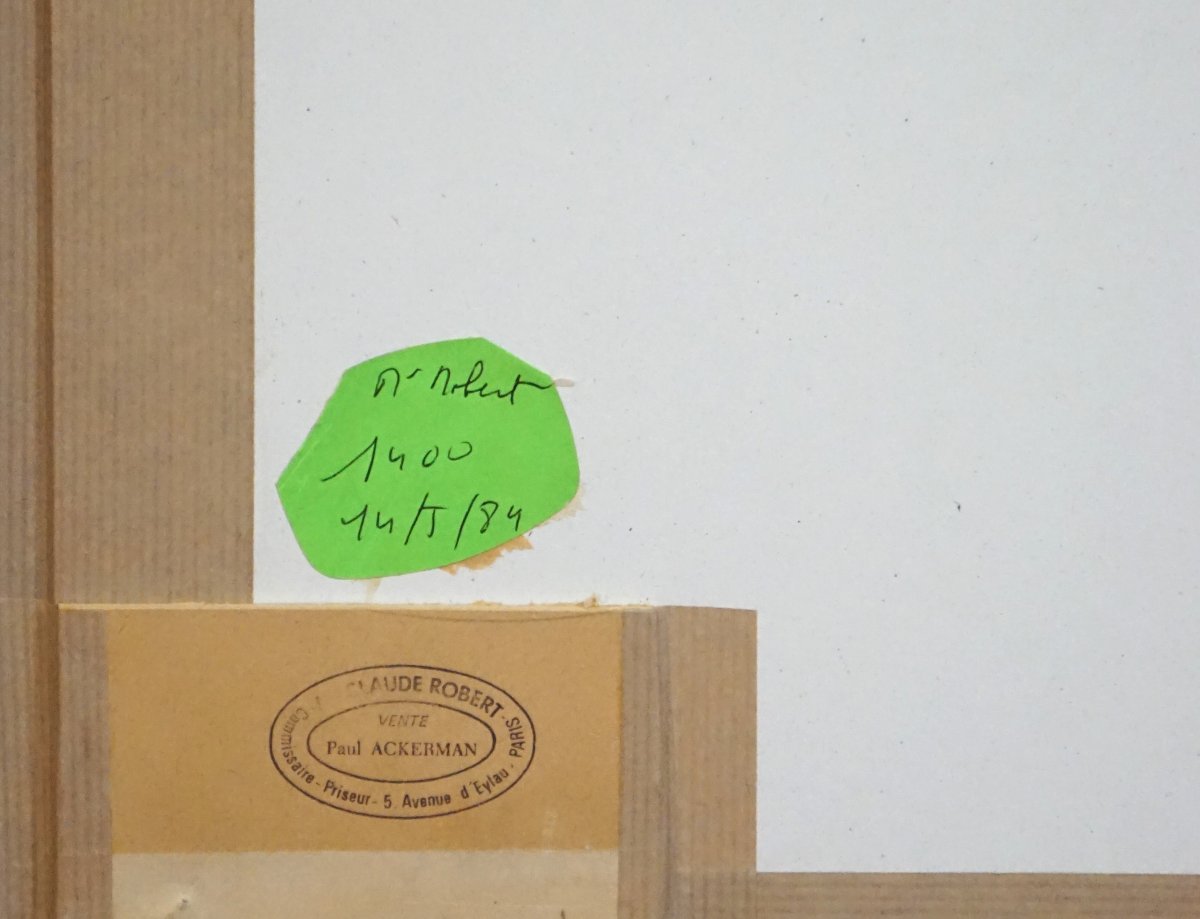
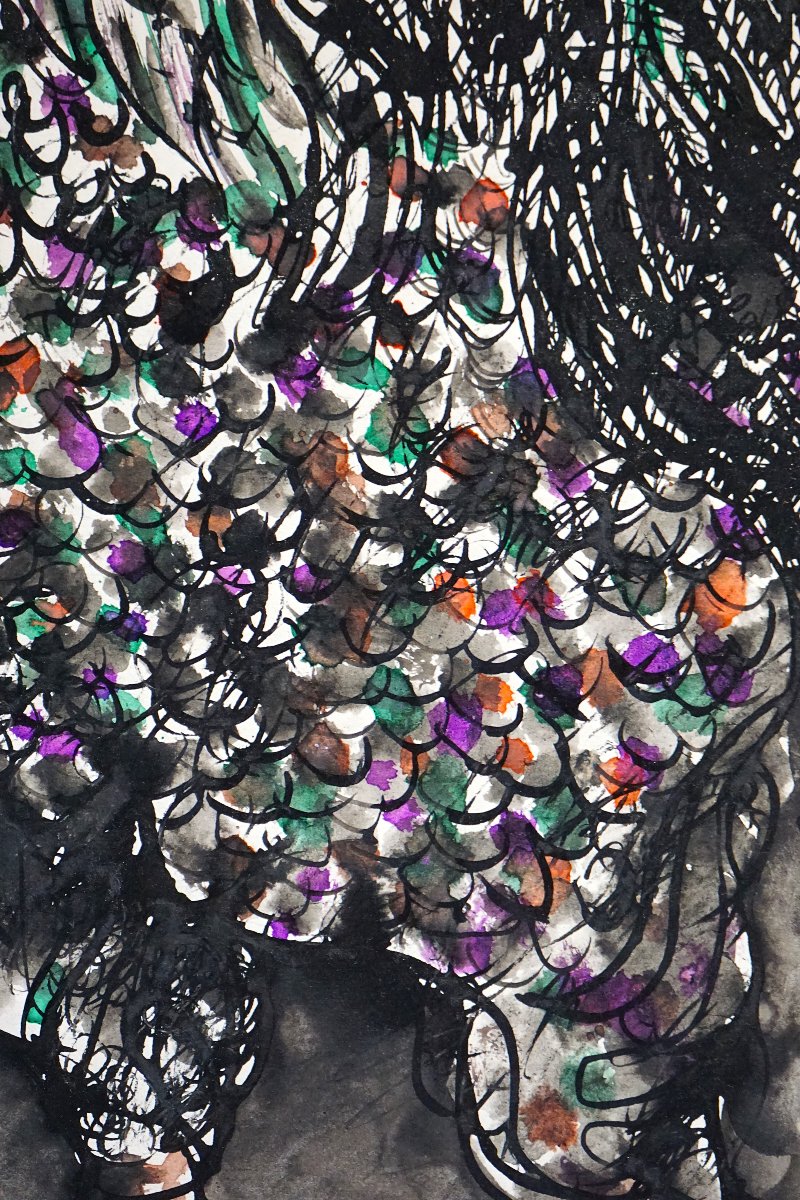

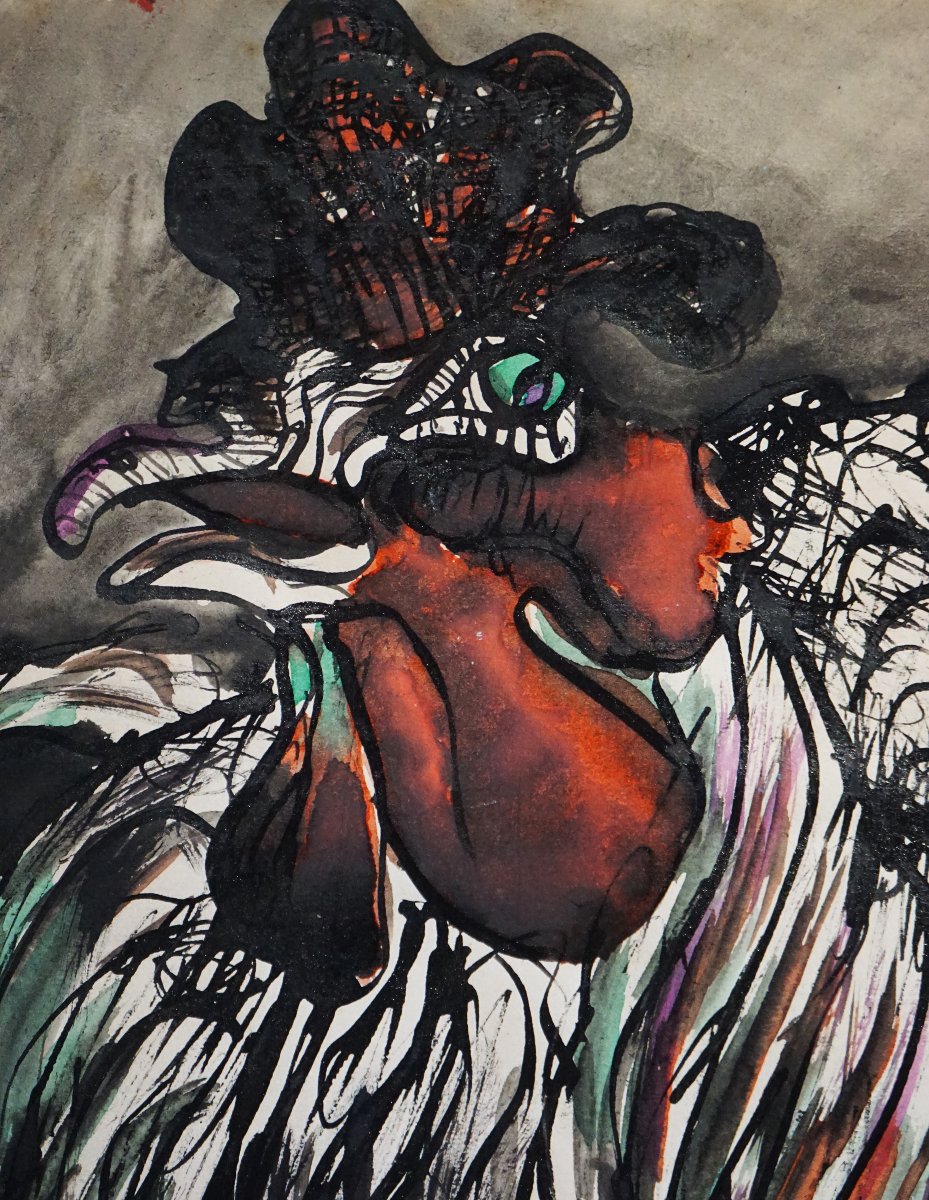



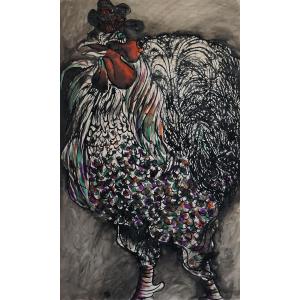











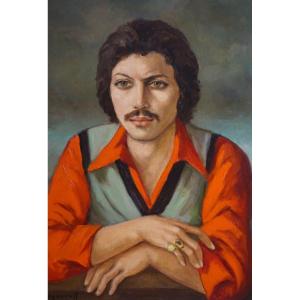
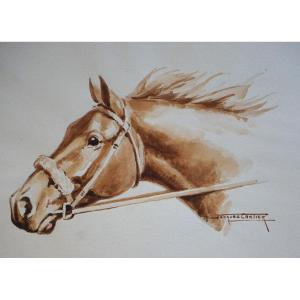
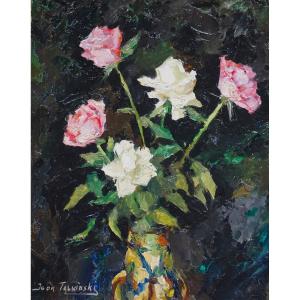






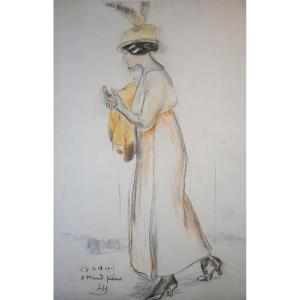
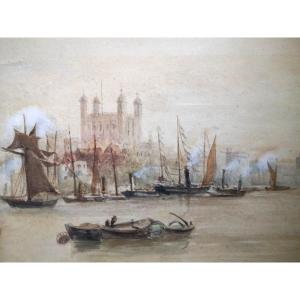
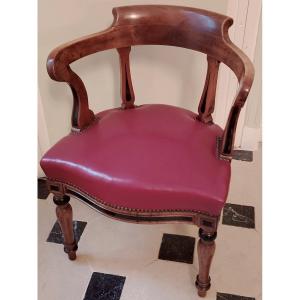

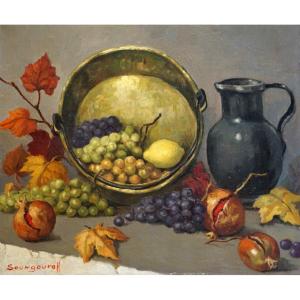



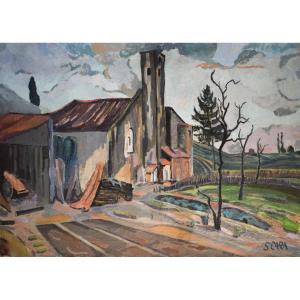





 Le Magazine de PROANTIC
Le Magazine de PROANTIC TRÉSORS Magazine
TRÉSORS Magazine Rivista Artiquariato
Rivista Artiquariato